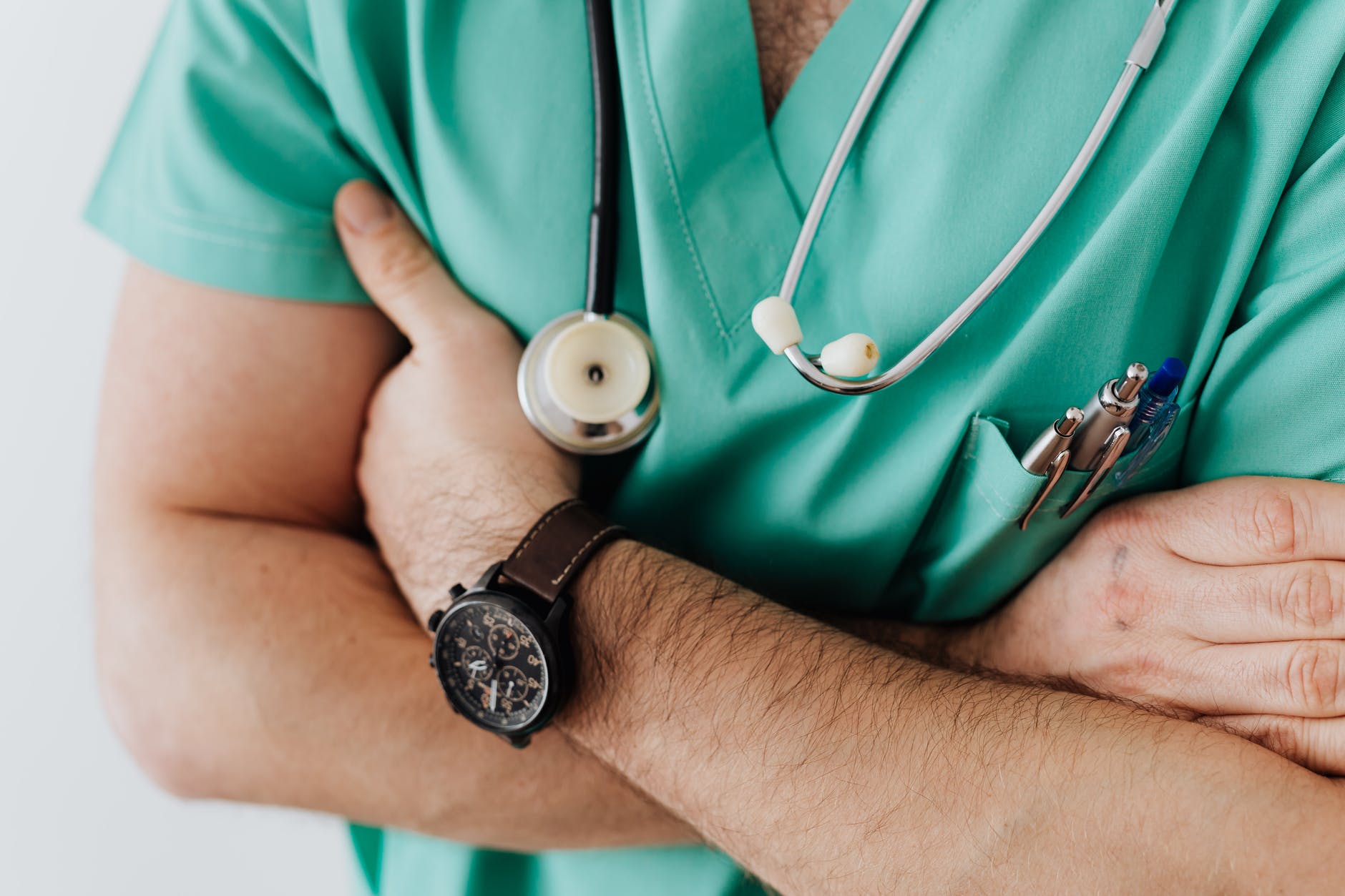Medical assistants are employed in various medical settings, including physicians’ offices, hospitals, health care facilities, and clinics. They are responsible for administrative duties related to patient care. They may work with doctors or other health professionals. Their physical activities can range from coordinating appointments to drawing blood samples. The ability to work under pressure and remain calm in the face of difficult situations is crucial. The clinical duties may change depending on their specialty.
Following are the clinical duties of a medical assistant
- Record vital signs. This includes taking blood pressure, pulse rate, respiration rate, temperature, and height, and recording the weight, and checking eyesight.
- Administering medication as directed by physicians or qualified practitioners such as registered nurses or pharmacists.
- Take x-rays after cleaning the area thoroughly to avoid contamination from other substances. A substance such as metal or dirt, which may contaminate the x-ray machine lenses and film. It is one of the most important clinical duties.
- Collecting patients’ specimens for testing at laboratories under the supervision of a nurse or another healthcare proessional. For example, the blood samples may be included, urine specimens, and sputum.
- Drawing blood for laboratory tests or transfusions under the direction of a registered nurse or another healthcare professional.
- Completion of the patient preparing for examination by washing, shaving, and disinfecting as required before examinations such as surgery, dental care, and physiotherapy.
- Take electrocardiograms (EKGs), which are graphic records of heart activity.
- Placing the electrodes on a patient’s chest to obtain a 12-lead EKG using an instrument called an electrocardiograph. This machine can detect problems with electrical activity in the heart by measuring voltage changes over time across each part of the heart muscle. It comes under essential clinical duties.
- Preparing patients for x-ray examination.
- Answering telephones, handling mail, and filing papers under the direction of a physician or other healthcare professional.
- Performing clerical duties such as typing reports, keeping files up to date, maintaining appointment schedules, ordering supplies, handling billing matters related to patient accounts.
- Ordering, receiving, and stocking medical supplies within an assigned budget under the direction of a physician or other healthcare professional and monitoring inventory levels, and reporting shortages.
- Taking temperatures via orally, rectally, axillary (underarm), or tympanic (ear canal).
- Take blood pressure measurements after ensuring the person is seated comfortably with their arm supported on a table or hard surface at heart level. At the same time, the cuff is correctly positioned at heart level.
- Checking for normal breathing by placing your ear close to the chest.
- Auscultating or listening for sounds within the body using a stethoscope. You can hear many sounds, such as blood rushing through the veins in the neck, bowel function in the abdomen, and heart activity in different areas of the chest cavity.
- Preparing patients for routine vaccinations.
- Recording weight on scales with no more than 0.5kg (1lb) gradations under the supervision of qualified practitioners such as registered nurses or doctors. Taking readings citing measurements in the metric system only after ensuring that any imperial measurements have been converted appropriately.
- Take patient’s pulses by placing your fingers lightly over their radial artery, located on the inside of their wrist towards the thumb side near the base of their thumb between the two prominent bones, called the radius and the ulna.
- Taking blood pressure readings via sphygmomanometer by listening for sounds in normal range with cuff properly positioned at heart level after the patient has been seated comfortably.
- Electrocardiogram (EKG) or ECGS is a test that records the electrical activity of your heart over time to detect problems. It will provide information about the flow of blood through your heart’s four chambers. It also reads the valves as how fast your heart is beating.
- Performing general duties such as light housework, shopping, and laundry under the direction of a nurse or other healthcare professional.
- Assisting with intravenous (IV) medication administration as directed by a physician or registered nurse. Preparing, assembling, and administering medications through IV pumps.
- Recording patients’ observations such as pulse rate, blood pressure, and temperature via appropriate recording methods. The methods such as graph/chart paper used for medical record-keeping (patient’s name, date of visit, etc.). After ensuring all measurements are recorded to obtain correct data.
- Cleaning and preparing rooms for patients/visitors, collecting soiled linen and dirty laundry, sorting patient mail.



